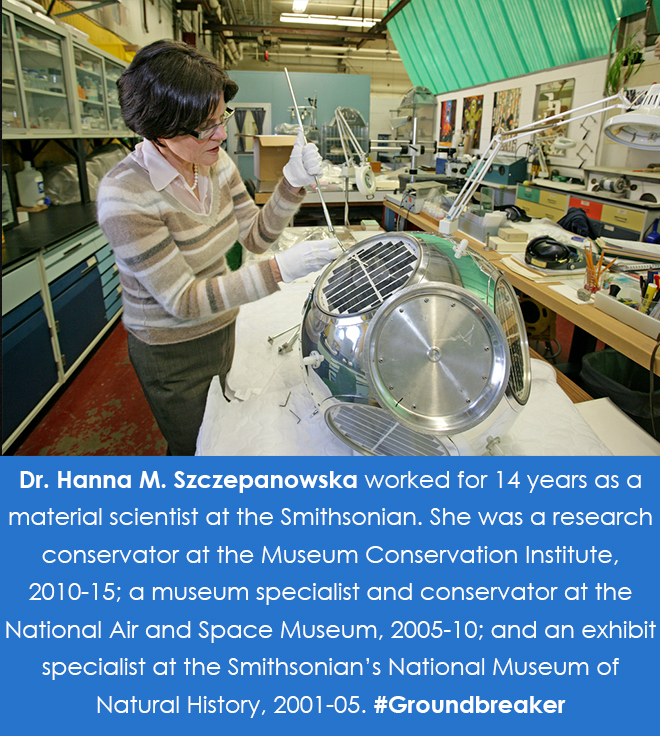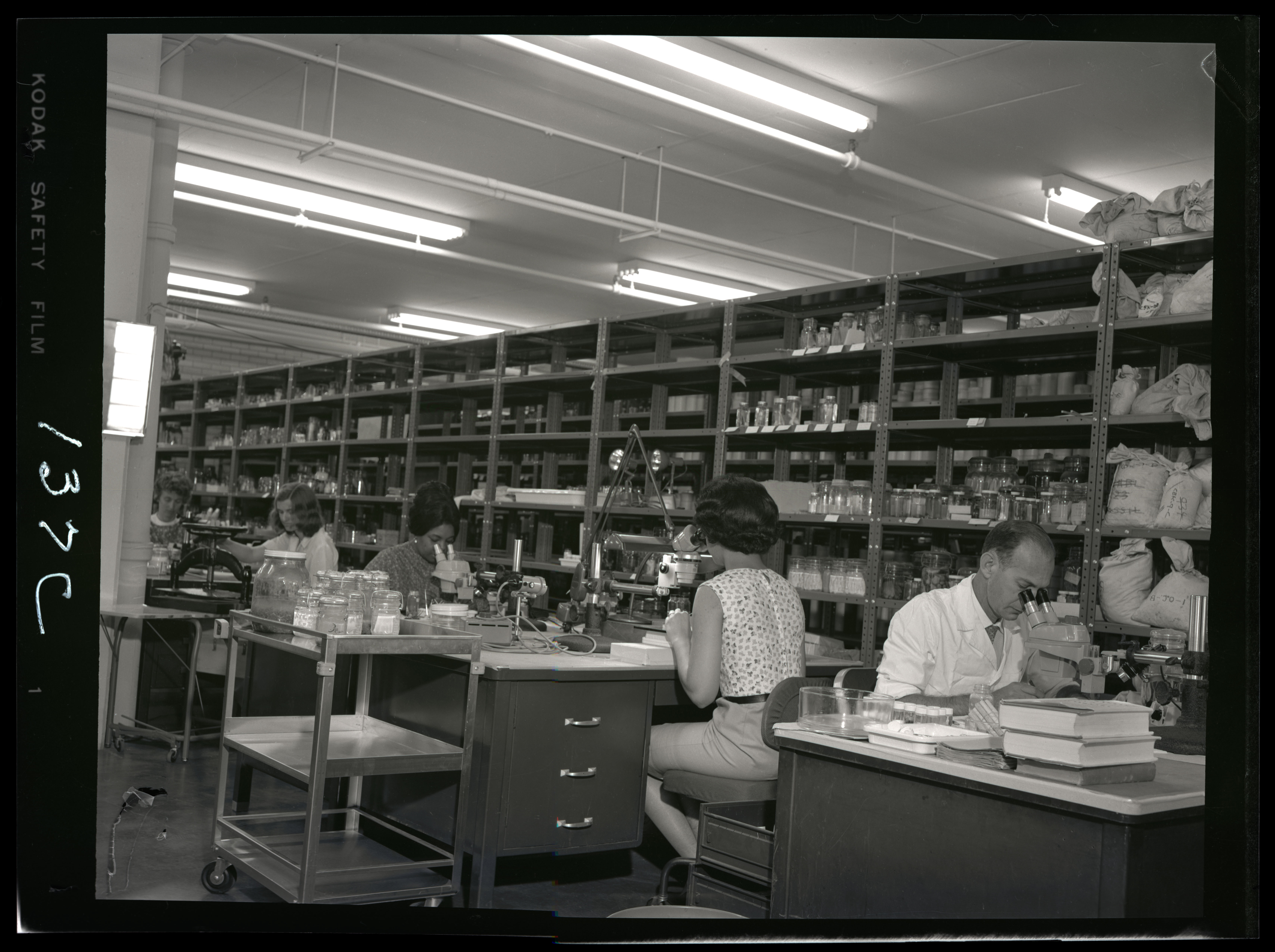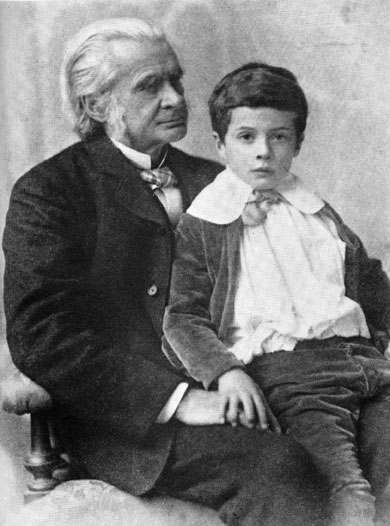Results for "Naval Research Laboratory (U.S.)"
- Blog Post
A Laboratory in the Jungle
- Date: September 9, 2010
- Description: Access the official records of the Smithsonian Institution and learn about its history, key events, people, and research.

Wonderful Women Wednesday: Dr. Hanna M. Szczepanowska
- Date: June 9, 2021
- Creator: Emily Niekrasz
- Description: Each week, the Archives features a woman who has been a groundbreaker at the Smithsonian, past or present, in a series titled Wonderful Women Wednesday.
- Blog Post
Science Service, Up Close: Up in the Air for a Solar Eclipse
- Date: January 24, 2017
- Creator: Marcel Chotkowski LaFollette
- Description: On January 24, 1925, for the first time in over a century, a total solar eclipse would be visible across the northern part of the United States. How scientists used a dirigible to observe the phenomenon.

Science Service, Up Close: Elegant Transparency
- Date: May 26, 2016
- Creator: Marcel Chotkowski LaFollette
- Description: A slide show of photographs of laboratory interiors from the Science Service collection.
- Blog Post
Smithsonian Scientists at Work
- Date: April 20, 2017
- Description: [view:sia_slideshow==75408]Scientific research has been integral to the Smithsonian, from its founding to today. The Smithsonian's founder, Englishman James Smithson, saw in the U.S. (according to his biographer, Heather Ewing) "a place of the future" that could support "science and progress for humanity." He believed that scientists were "citizens of the world" and that the

Shark Attack Tracks
- Date: August 8, 2013
- Creator: Pamela M. Henson
- Description: Research on shark attacks began at the National Museum of Natural History in 1958 when the Shark Research Panel was formed to track attacks and develop shark repellents.
- Blog Post
Science Service, Up Close: John Clavon Norman, Jr. – Pathbreaking Cardiac Surgeon and Researcher
- Date: August 23, 2018
- Creator: Marcel Chotkowski LaFollette
- Description: [edan-image:id=siris_arc_395101,size=300,left]When Harvard Medical School distributed these photographs of John Clavon Norman, Jr., M.D. (1930-2014) to news services in the 1960s, Dr. Norman was at an exciting stage of his career. The young physician had already made quite a journey, but there would be even more paths to blaze. He had been born in West Virginia to parents who

Smithsonian Oceanographic Sorting Center (SOSC)
- Date: February 10, 2022
- Creator: Marguerite Roby
- Description: Learn more about the Smithsonian Oceanographic Sorting Center and the impact this unit had in the study of marine science worldwide.

Spotlight: Oscar Loew, Office of the Chemist
- Date: August 26, 2021
- Creator: Marguerite Roby
- Description: a closer look at Oscar Loew, the first person to hold the Office of Smithsonian Chemist.

From Plantations to Islands of Science: Travels in Costa Rica and Panama - Part II
- Date: January 31, 2013
- Description: George C. Wheeler and his travel in the Caribbean illustrate the interplay between science and tourism in Latin America.

Another Smithsonian Gem
- Date: November 19, 2019
- Creator: Lynda Schmitz Fuhrig
- Description: The Archives also preserves ecological research.

The Education of George C. Wheeler - Part III
- Date: February 7, 2013
- Description: George C. Wheeler and his travel in the Caribbean illustrate the interplay between science and tourism in Latin America.
